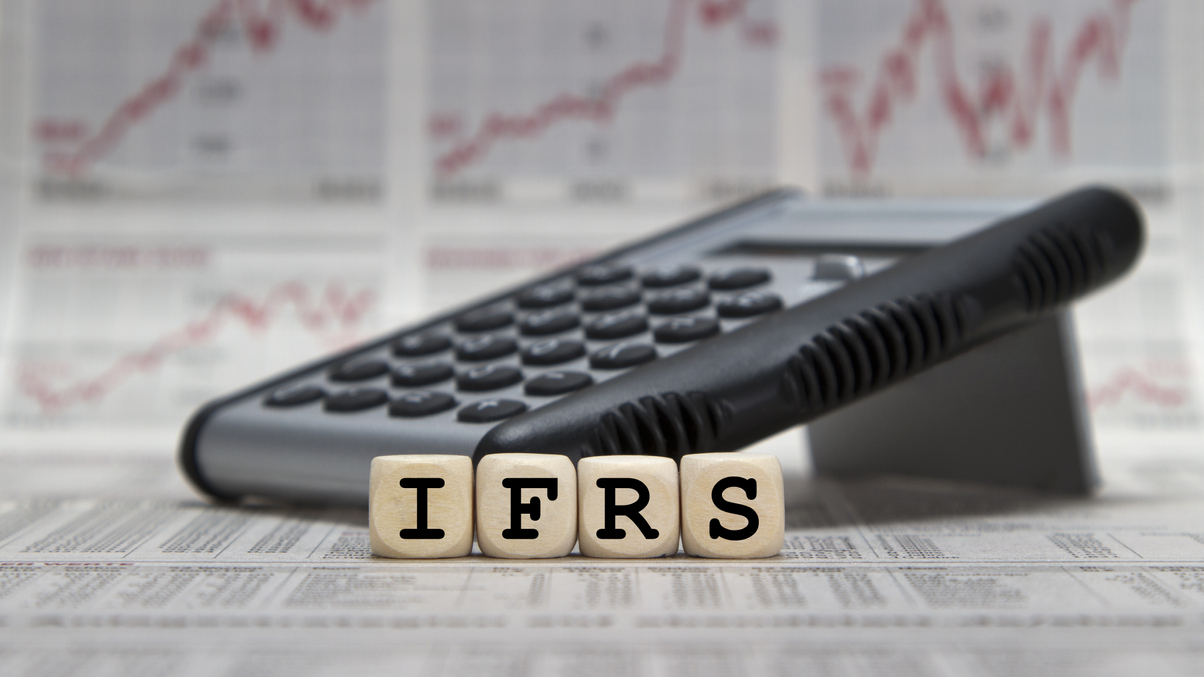This week in asset owner history: Ping An cuts stock holdings
In August 2018, Ping An Insurance stated it would lower its share of stocks in its portfolio as it aimed to adhere to IFRS 9. Its interim report released August 24 shows that the insurer has delivered on that promise.

On August 22 2018, Ping An Insurance became the first Chinese insurer to report interim results under new international accounting standards, revealing a greater degree of fluctuation in its numbers and a drop in its stock holdings.
Sign in to read on!
Registered users get 2 free articles in 30 days.
Subscribers have full unlimited access to AsianInvestor
Not signed up? New users get 2 free articles per month, plus a 7-day unlimited free trial.
¬ Haymarket Media Limited. All rights reserved.


